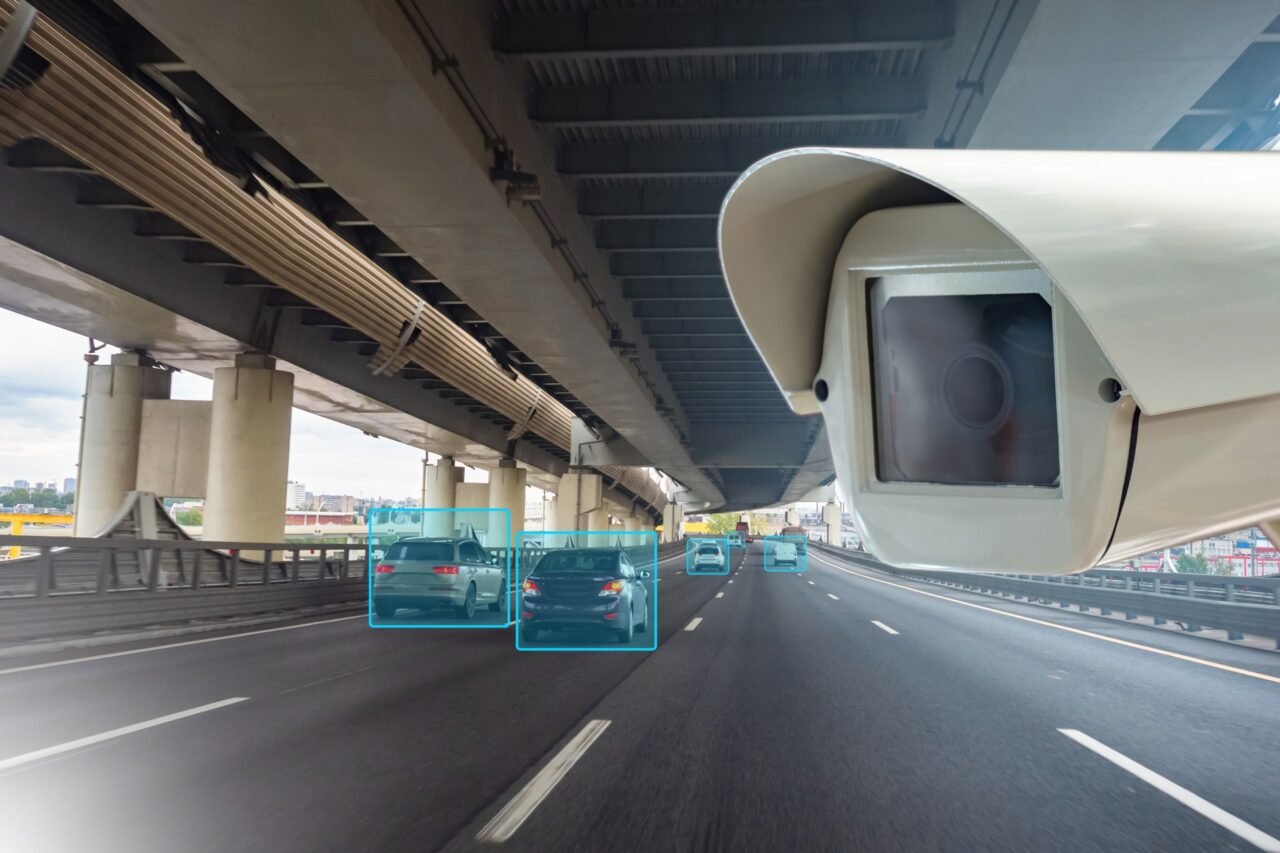Top Stories
Urgent Update: Surveillance Risks Rise After “No Kings” Protests

UPDATE: Following the massive “No Kings” protests this past weekend, where an estimated 7 million people demonstrated across major cities, concerns about surveillance have surged. With peaceful gatherings reported—New York City recorded zero protest-related arrests—the implications for participants’ privacy are alarming.
Law enforcement agencies are intensifying their surveillance capabilities, employing automated license plate reader systems (ALPRs) and other technologies to track individuals who attended the protests. If you drove to the event, your vehicle’s license plate could have been captured by fixed cameras or police cruisers, linking you to the protest. Public transit riders are not entirely safe either; using payment apps tied to personal IDs can leave a digital footprint.
Your smartphone poses additional risks. Even if you activated airplane mode during the protest, location data could be recorded and transmitted as soon as you reconnect to the internet. The Electronic Frontier Foundation (EFF) warns that apps may store GPS data, revealing your whereabouts. Furthermore, law enforcement often employs “stingrays,” devices that mimic cell towers, to track individuals’ locations.
If you shared images from the protests on social media, you might be exposing yourself to even more scrutiny. The EFF emphasizes the importance of blurring faces in protest photos, as these images can be accessed by the Department of Homeland Security (DHS) and U.S. Immigration and Customs Enforcement (ICE). Tools like Image Scrubber can help obscure your identity, but the risk remains high if you weren’t wearing a mask.
Authorities have also taken their own photographs of demonstrators, sometimes using drones. This raises the stakes significantly when combined with facial recognition technology, such as that offered by Clearview AI. While some states have banned this technology, others are not so fortunate, leaving protestors vulnerable to identification and tracking.
The political climate has intensified this issue. Rhetoric from officials, including Speaker of the House Mike Johnson, characterizing the “No Kings” protests as extremist has raised alarms about the potential for government overreach. With a recent executive order from the Trump Administration aimed at disrupting financial networks linked to “domestic terrorism,” peaceful protesters could find themselves unjustly labeled as threats.
Ryan Shapiro, executive director of the transparency nonprofit Property of the People, stated, “The Trump regime would have us believe that somehow peaceful, pro-democracy protesters are terrorists for daring to defy the fascist takeover of this country.” His remarks underscore the chilling atmosphere surrounding dissent in the U.S.
Amid these developments, it is crucial for protest participants to remain vigilant about their digital privacy. As technology evolves, the balance between freedom of expression and surveillance is increasingly tenuous. With agencies like Palantir reportedly working with the Trump Administration to consolidate a wide array of data on citizens, the potential for misuse is concerning.
What happens next? Activists and citizens alike must prepare for the realities of increased surveillance in the wake of peaceful protests. As the situation unfolds, staying informed and aware of your digital footprint is essential for protecting your rights.
This urgent update emphasizes the need for awareness and action among individuals who advocate for their beliefs. The implications of surveillance extend beyond the protests, affecting the fundamental freedoms many hold dear. Stay tuned for further developments as this situation evolves.
-

 Politics1 week ago
Politics1 week agoDallin H. Oaks Assumes Leadership of Latter-day Saints Church
-

 Sports1 week ago
Sports1 week agoSteve Kerr Supports Jonathan Kuminga After Ejection in Preseason Game
-

 Lifestyle1 week ago
Lifestyle1 week agoDua Lipa Celebrates Passing GCSE Spanish During World Tour
-

 Business1 week ago
Business1 week agoTyler Technologies Set to Reveal Q3 2025 Earnings on October 22
-

 Lifestyle1 week ago
Lifestyle1 week agoKelsea Ballerini Launches ‘Burn the Baggage’ Candle with Ranger Station
-

 Entertainment1 week ago
Entertainment1 week agoZoe Saldana Advocates for James Cameron’s Avatar Documentary
-

 World1 week ago
World1 week agoD’Angelo, Iconic R&B Singer, Dies at 51 After Cancer Battle
-

 Science1 week ago
Science1 week agoChicago’s Viral ‘Rat Hole’ Likely Created by Squirrel, Study Reveals
-

 Health1 week ago
Health1 week agoRichard Feldman Urges Ban on Menthol in Cigarettes and Vapes
-

 Health1 week ago
Health1 week agoCommunity Unites for Seventh Annual Mental Health Awareness Walk
-

 Business1 week ago
Business1 week agoMega Millions Jackpot Reaches $600 Million Ahead of Drawings
-

 Business1 week ago
Business1 week agoMLB Qualifying Offer Jumps to $22.02 Million for 2024









